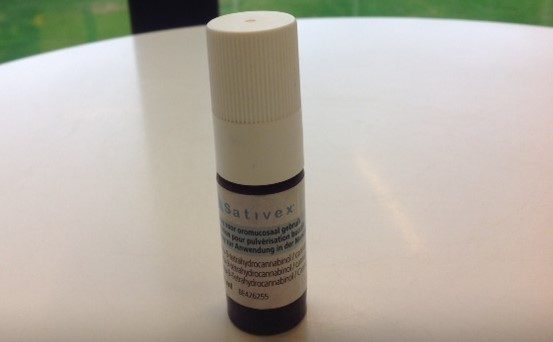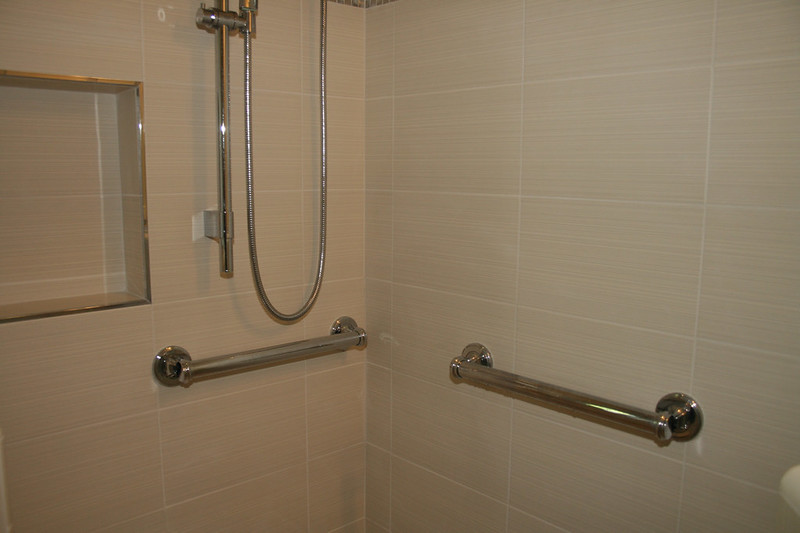Could a cannabis spray be just what the doctor ordered to treat our MS symptoms? I’m talking about Sativex (nabiximols), which has been developed as a treatment for moderate and severe MS spasticity.
Sativex combines THC, the chef intoxicant in marijuana, with CBD, marijuana’s nonpsychoactive component. It’s sprayed under the tongue or inside the cheek several times a day. The treatment has been approved in several countries, including the U.K. and Canada, but in the U.S., it’s still considered to be investigational. A Phase 3 trial is underway.
Belgian study reports positive results
A small study in Belgium, published in BMC Neurology in late June, contains encouraging news about Sativex. A group of 238 people with MS used the treatment several times a day for 12 weeks. During the study, two tests were given: the Numerical Rating Scale (NRS), which measures pain (with a 10 being the worst), and the EuroQoL Visual Analogue Scale (EQ VAS), a self-assessed quality of life rating (with 100 being the best).
NRS scores improved from 8.1 at baseline to 5.2 at week four, 4.6 at week eight, and 4.1 at week 12. EQ VAS scores increased from 39 at baseline to 52 at week four, 57 at week eight, and 59 at week 12. Scores on both tests remained at the 12-week level in some smaller groups whose participants continued to be tested for as long as 12 months.
The authors of this study conclude that, “More than 60% of the patients with MS who started add-on treatment with cannabinoid oromucosal spray reported a clinically relevant symptomatic effect and continued treatment after 12 weeks.”
A friend tells me about his Sativex experience
About the same time the BMC Neurology report was being published, I heard from Daniel Verbeke, a reader who lives in Belgium. Daniel has been using Sativex since last January and reports mixed results.
In an email, he wrote that by starting at one spray a day and building up to eight, he saw “no spectacular improvements.” But the spasticity in his right leg decreased, and he said he was “in a much better mood” to walk with a walking stick. Previously he would often use a wheelchair or scooter. “It’s not that much, but enough for me to continue the therapy,” he wrote.
Daniel told me he felt none of the “high” associated with marijuana and had no side effects, such as a headache or dizziness. He also said, in Belgium, the price of three Sativex bottles is 24 euros ($28.50) with a prescription. Without one, the price jumps to 922 euros ($1,093.22). Wow!
I wonder how many people will think the results are worth the cost, and whether, if approved in the U.S., insurance will cover it.
(A version of this post first appeared as my column on the MS News Today website.)
(Featured photo by Daniel Verbeke.)



